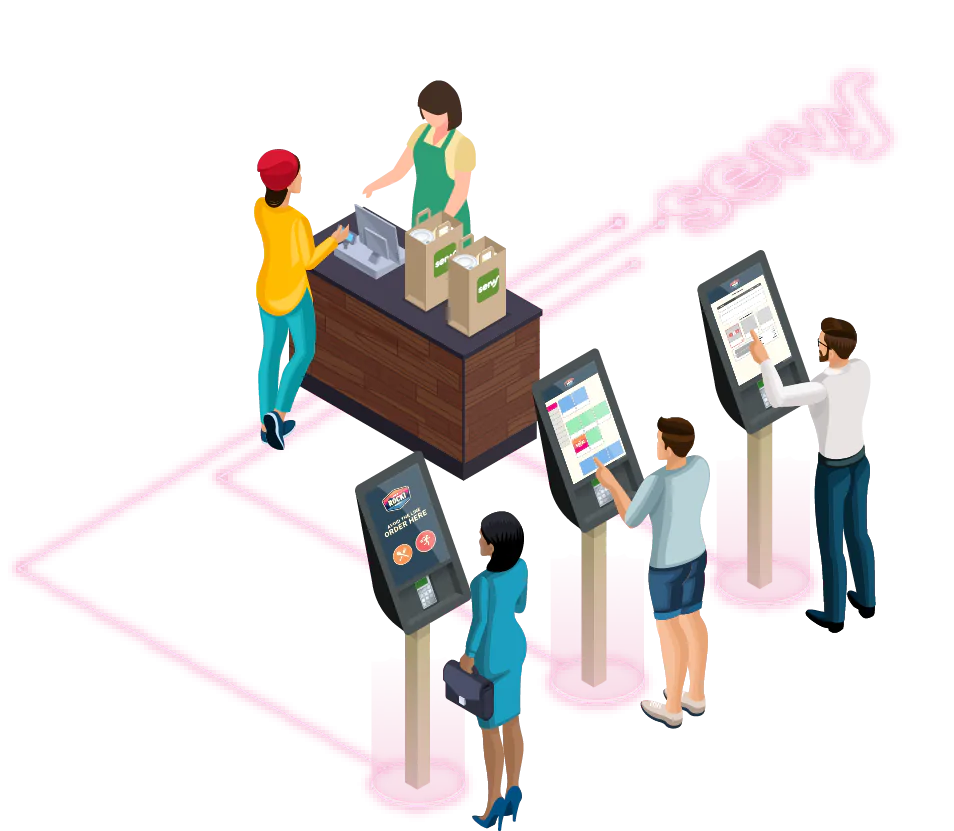Revolution at the Outlet: Wallbox Systems Powering the Future of EV Charging

As the electric vehicle (EV) revolution gains momentum, charging infrastructure is racing to keep up. At the heart of this advancement lies the wallbox, a pivotal development set to reshape the way we power our electric vehicles. Companies like Schneider Electric are pushing the boundaries of this technology, ensuring the transition to EVs is smoother than ever before.
The rise in electric vehicle adoption presents both a challenge and an opportunity. For the green revolution to be truly effective, charging must be as seamless as refilling a gasoline tank. This is where wallbox systems step in, offering a convenient solution for everyday users.
Why Wallbox Systems?
Wallbox chargers are compact units designed to be mounted on walls, hence their name. They are essentially a middle-ground solution between basic plug-in chargers and the large, commercial charging stations you might find at public facilities. Here’s why they’re gaining traction:
Efficiency: Wallbox systems generally offer faster charging than standard outlets, ensuring your vehicle is ready to go in the shortest time possible. Schneider Electric, for instance, has developed models that can significantly reduce charging times compared to conventional methods.
Convenience: Think of it as having a personal fuel station at your residence. No more queues or searching for public charging points. You charge at your own pace, at your convenience.
Cost-Effective: Over time, the initial investment in a wallbox can be offset by the savings incurred from using household electricity, especially during off-peak hours, instead of pricier public stations.
Safety: Designed specifically for EVs, wallbox chargers ensure a safe transfer of electricity, minimizing risks of short circuits or other electrical hazards.
Integration with Smart Homes: With the advent of smart homes, wallbox systems can be integrated into home energy systems. This allows users to monitor and control charging remotely, optimize energy usage, and even draw power during cheaper tariff periods.
The Global Perspective
According to a McKinsey & Company report, up to 20 million EV charging points might be added in the EU alone by 2030, with wallbox chargers dominating the domestic sector. Globally, the picture is similar, indicating a strong shift toward personal charging alternatives. With industry titans such as Schneider Electric investing in this technology, it’s clear that the industry regards wallbox systems as a critical component of EV infrastructure.
Beyond the Home
While home-based charging is the primary benefit of the wallbox, its potential is not limited to residential locations. Businesses are realizing the advantages of putting these systems in their facilities, not just as a benefit to their staff, but also as a practical step toward sustainability. Parking areas with dedicated wallbox chargers are becoming increasingly frequent in commercial organizations, malls, and even some eateries.
Furthermore, real estate developers are including these systems in their plans, making wallbox-ready residences an appealing selling feature for prospective EV owners. This forward-thinking strategy has the potential to have a substantial impact on urban infrastructure development in the coming years.
Environmental Impact and Reduction in Carbon Footprint
One of the less-discussed advantages of wallbox systems is their favorable impact on the environment. Wallbox devices indirectly reduce reliance on gasoline-powered backup vehicles by permitting more frequent EV charging. This move reduces not only home carbon footprints but also national and global CO2 emissions. With an emphasis on sustainable solutions, Schneider Electric claims that the widespread adoption of wallbox charging, when combined with renewable energy, has the potential to dramatically cut greenhouse gas emissions in metropolitan areas.
Software Advancements and User Experience
Modern wallbox systems are more than just the hardware. The software systems on which they are constructed are growing more sophisticated. Users may track their charge history, cost of charging, and even the equivalent CO2 saved using intuitive interfaces and clever analytics. Some systems also provide remote diagnostics and over-the-air upgrades, ensuring that the wallbox system always has the most up-to-date features and functions. Schneider Electric’s commitment to software integration exemplifies a broader industry trend of emphasizing not only functionality but also user experience.
To summarize, as EVs become more prevalent in our transportation story, it is evident that wallbox systems will be critical in facilitating this shift. These technologies offer more than simply technological innovation; they represent a comprehensive change toward sustainable and user-centric mobility by expediting the charging process, lowering our environmental footprint, and improving user experience through advanced software. The future of EV charging promises to be both green and efficient, thanks to industry giants like Schneider Electric at the helm.




